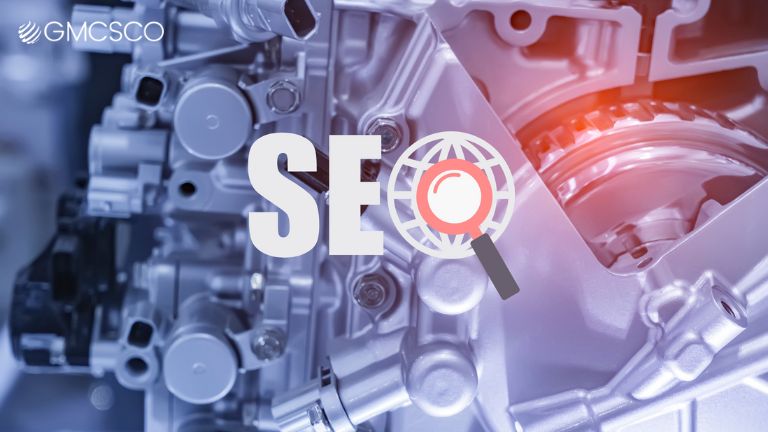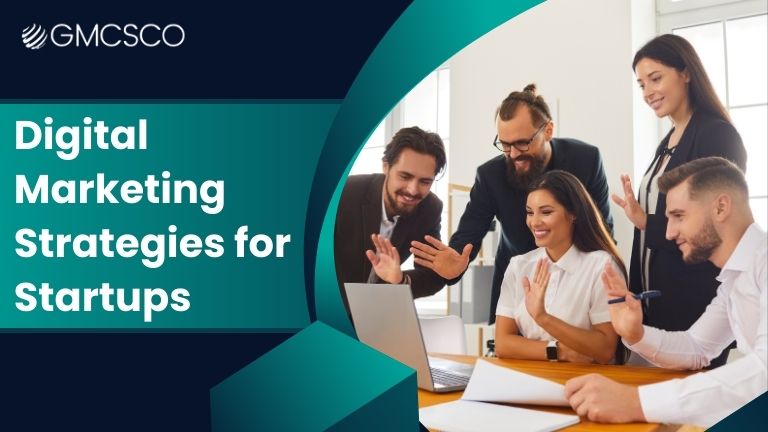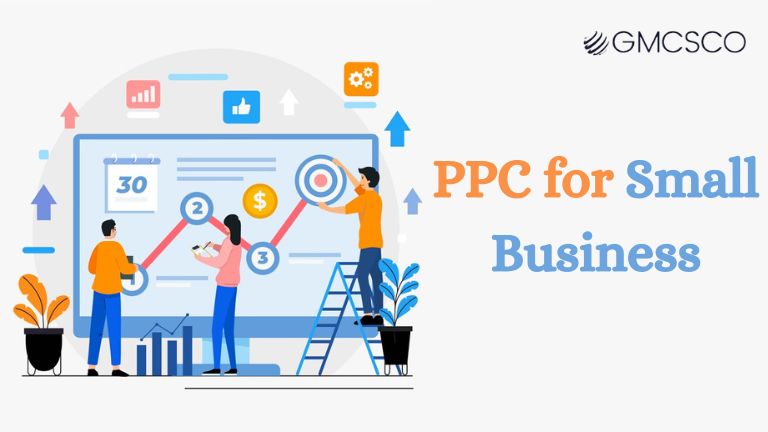Introduction to Supply Chain Management Software You buy a product that has traveled a long road before arriving at your front door. From sourcing raw materials to manufacturing, distribution, and retail, there are different players and processes involved in every step of this journey. That’s where supply chain management comes in. At its core, supply chain management is about coordinating different activities in the supply chain to ensure the smooth flow of goods and services. It touches every step from procurement to production to inventory to logistics. It’s kind of like directing a symphony orchestra, only fewer violins and more forklifts.” How Technology Should Play a Part in Supply Chain Management in Today’s Environment Technology is Getting the Supply Chain Moving How the Latest Tech is Enhancing Modern Supply Chains In the fast-paced, highly competitive business world of today, technology helps significantly in optimizing supply chain operations. And that’s the role of supply chain management software. Supply chain management software is the conductor of your supply chain. It gives access to up-to-date information on the inventory, while helping you streamline procurement processes and enabling efficient planning and forecasting. SCMS and How It Currently Improves Operations Potential use cases, for example: streamlining procurement and supplier management Procurement can be one of the most complex parts of running a business, with enforced supplier relationships and prices, order tracking and a host of logistical nightmares. Supply chain management tools automated supplier management and order tracking and helped manufacturers deliver on time. Inventory management and optimization Excess inventory can lock up cash costs; while under stocked inventory can cause lost sales. Supply chain management software allows you to find the right balance by generating accurate demand forecasts, controlling reorder points, and optimizing inventory levels. Improving demand forecasting and planning The days of crystal-ball predictions are over. Supply chain management software is powered by historical data, market trends, and even weather forecasts (yes, you read that right, the weather can be a factor too!) to enhance the accuracy of demand forecasting. Having advance warning helps plan better and avoids expensive surprises. About the Client Challenges of the Client: Global Supply Chain Network – The client faced challenges in coordination of logistics, supplier management, and network optimization across the entire supply chain. Realizing these challenges were only getting worse, they needed more visibility and control on their operations, they turned to a Supply Chain Management Software (SCMS) based on. NET. Our focus was on providing an enhanced supply chain mobile service (SCMS) with real-time tracking, vendor management, and analytics for improved decision-making across the supply chain. Project Overview High-Level Design Phase Resolution to This Point In the project was to build a solid. NT-based Supply Chain Management Software by: to solve the client’s problems. The main goals were to provide real-time tracking and monitoring tools, effective vendor management tools, and analytics that would help optimize decision-making throughout the supply chain. The Challenges Logistics Coordination: Inefficiencies in coordinating logistics across a global supply chain network. Supplier Management: Challenges in supplier relationship management and optimization Lack of Transparency: Limited transparency across the supply chain, compromising timely decision-making. The Solution Working together, our senior developers and project managers implemented a full end-to-end solution for. NET based Supply Chain Management Software Features for real-time tracking, vendor management, and analytics were integrated into the solution for improved visibility and control across the supply chain. Key Features of the SCMS For instance: The latest tracking tools to ensure real-time visibility over goods in transit within the supply chain. Vendor Management: Use 3rd party vendor management tools to optimize relationships with your suppliers Analytics Dashboard: Custom analytics dashboard for insights for map-related decision making Inventory Optimization — Functionality to optimize inventory levels in response to demand and supply cycle changes. Technologies Utilized Development Stack:. NET, ASP. NET MVC Database: SQL Server Web API, REST APIs—Integration Analytics Tools: Real-time insights through a customizable analytics dashboard. The Outcome With significant enhancements in logistics coordination, supplier management, and overall supply chain visibility, the deployment of the Supply Chain Management Software was successfully carried out. This helped in having a more streamlined and optimized supply chain through real-time tracking, efficient vendor management and the analytics dashboard. Conclusion We are going to show you the development of customized logistics management software with. NET technology catered perfectly to the client’s needs. Additionally, real time tracking feature, vendor management tools and analytics dashboard enabled us to successfully transform the global supply chain network. Software for supply chain management: A vital enabler for years now, supply chain management software has been used as an optimizing force in the business world, streamlining processes and driving cost efficiencies. With the right software solution in place and by following best practices, organizations can improve visibility, increase efficiency, and boost customer satisfaction. With the rapid advancement of technology, the adoption of future trends and innovations in supply chain management software will be essential for success. Supply chain management software, however, holds the potential to change the game for businesses in the modern world, as it optimizes processes and meets the increasingly complex demands of the contemporary, global business market. In difficulties with supply chain coordination and management? SCMS: Streamlining Supply Chain Operations and Improvement with visibility and — Contact us to know more. FAQ Q1: What is Supply Chain Management Software? Supply chain management software is a collection of digital tools and applications that assists companies in managing and optimizing their supply chain operations. It helps organizations optimize processes such as procurement, inventory management, demand forecasting, and logistics, among others, to prevent delays and funding gaps and improve efficiency and efficiency while saving money. Q2: What are the benefits of supply chain management software for my business? Supply chain management software is very helpful for businesses in a variety of ways. It increases transparency and enables real-time tracking, facilitates demand planning and inventory optimization, and enhances supplier management, leads to lower lead times, and greater on-time deliveries. These benefits eventually translate to increased operational efficiency, cost savings, and improved user experience. Q3: What should I know when choosing supply chain management software? From compatibility and integration with existing systems, flexibility and scalability to user-friendliness, training requirements, selection of the supply chain management software is meticulous, costly and needs to provide a good return on investment. Moreover, ensure that these software features align






